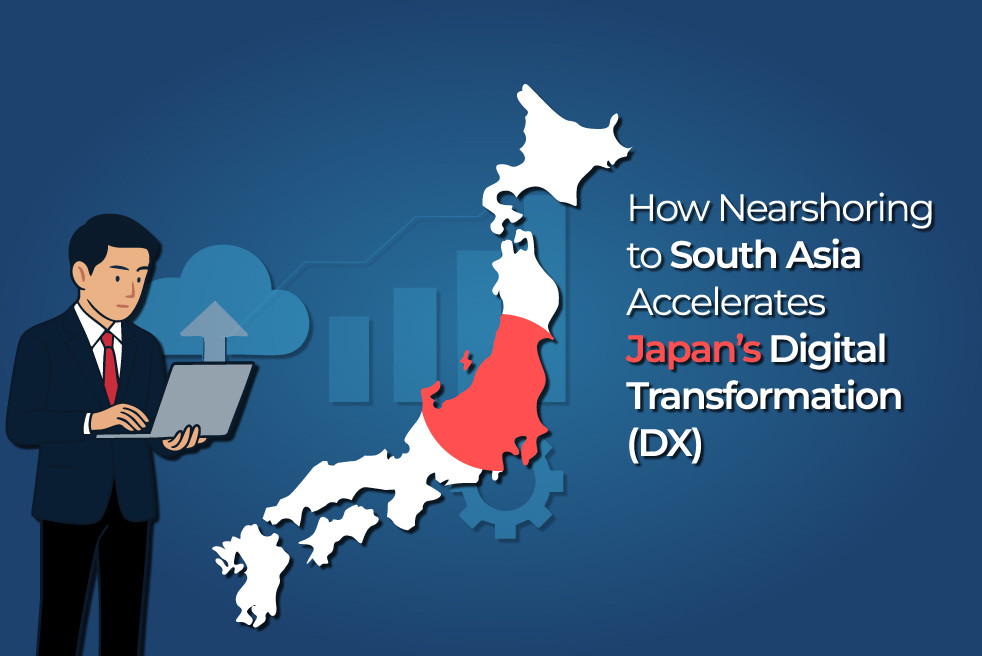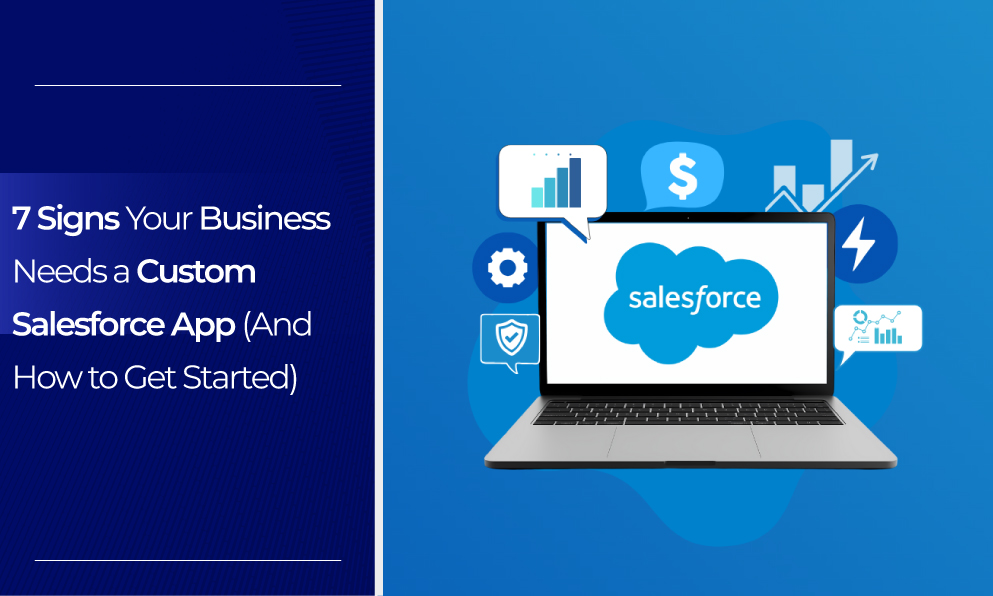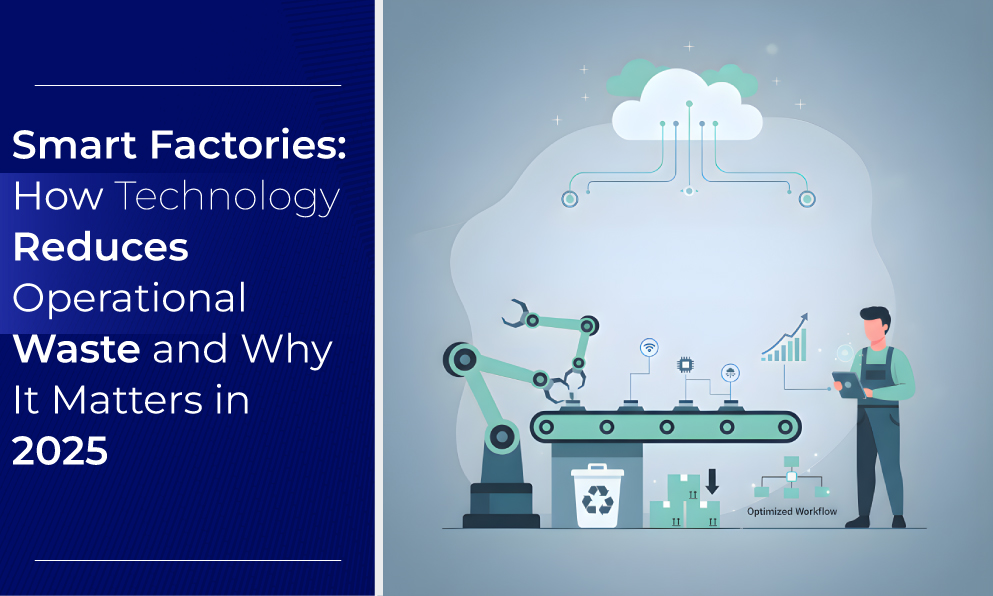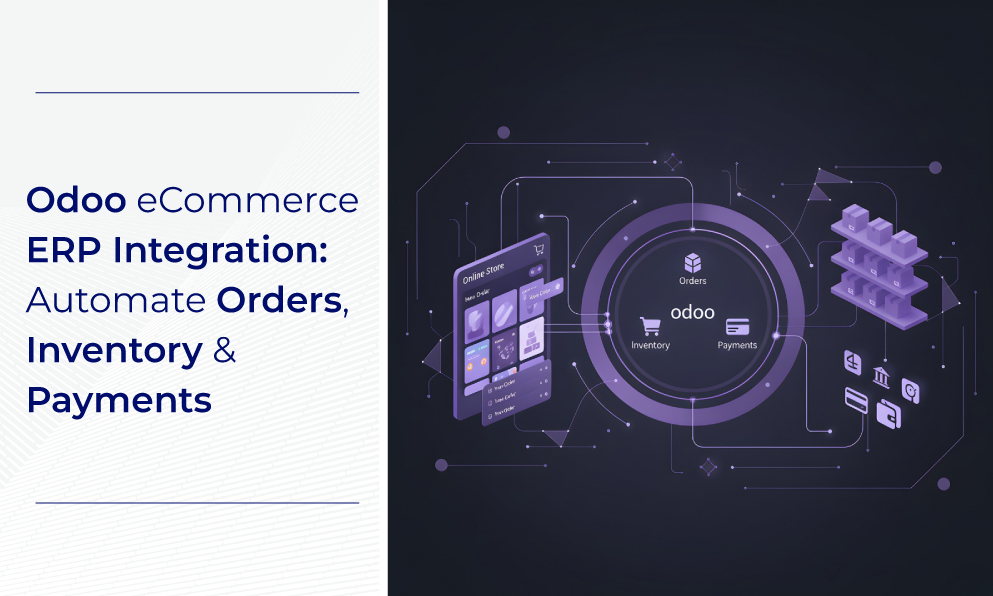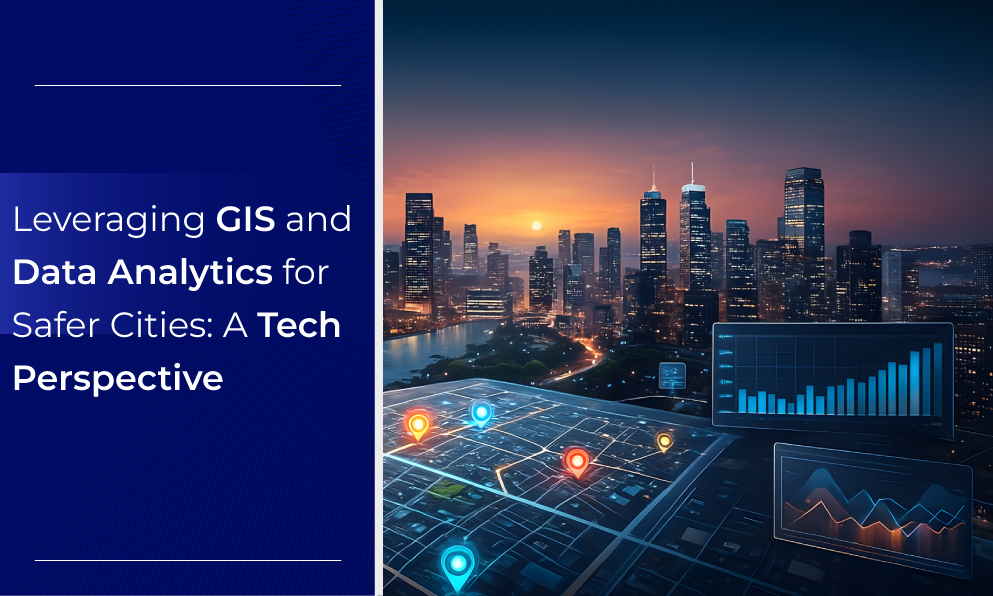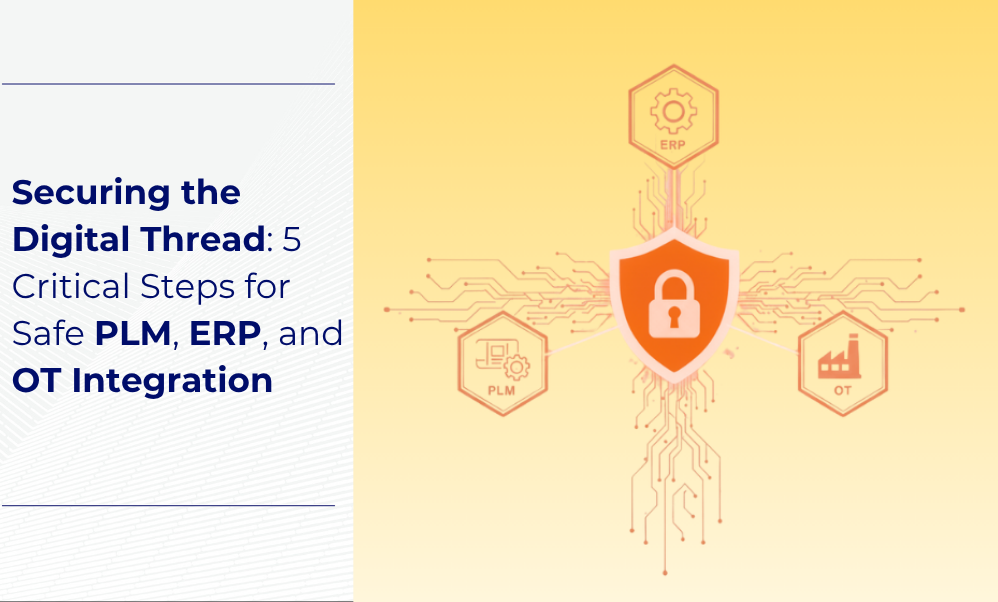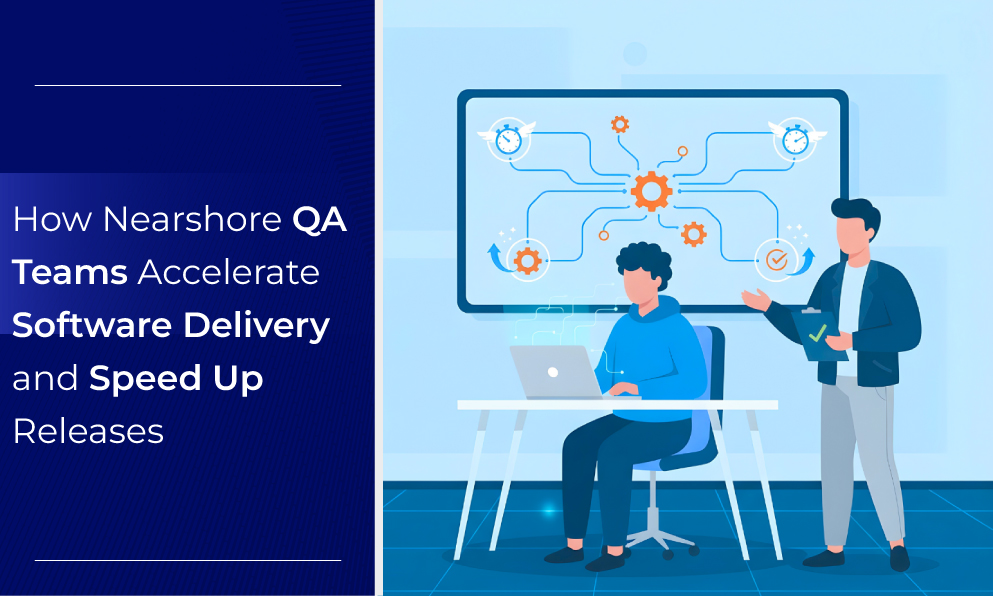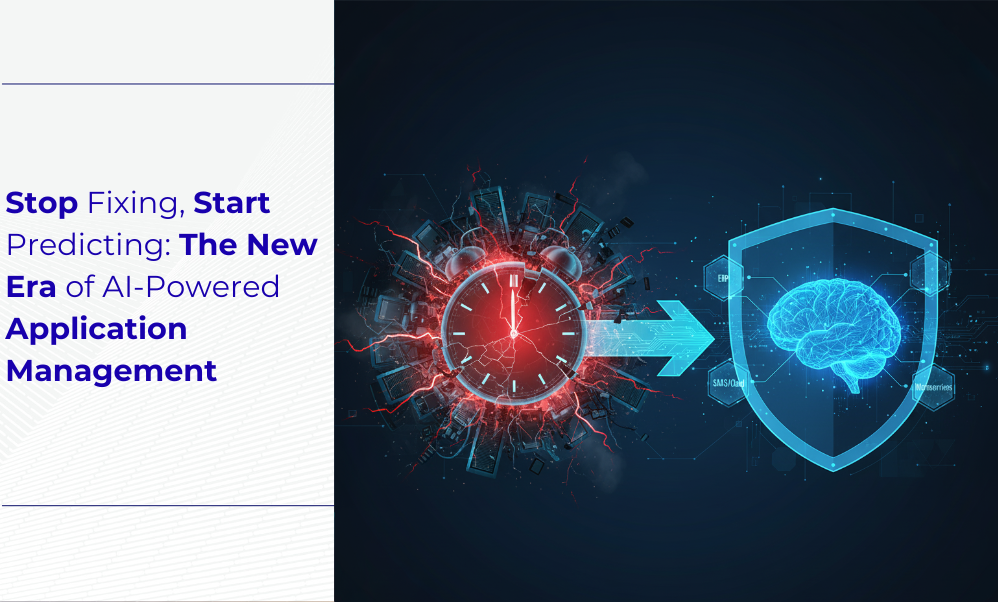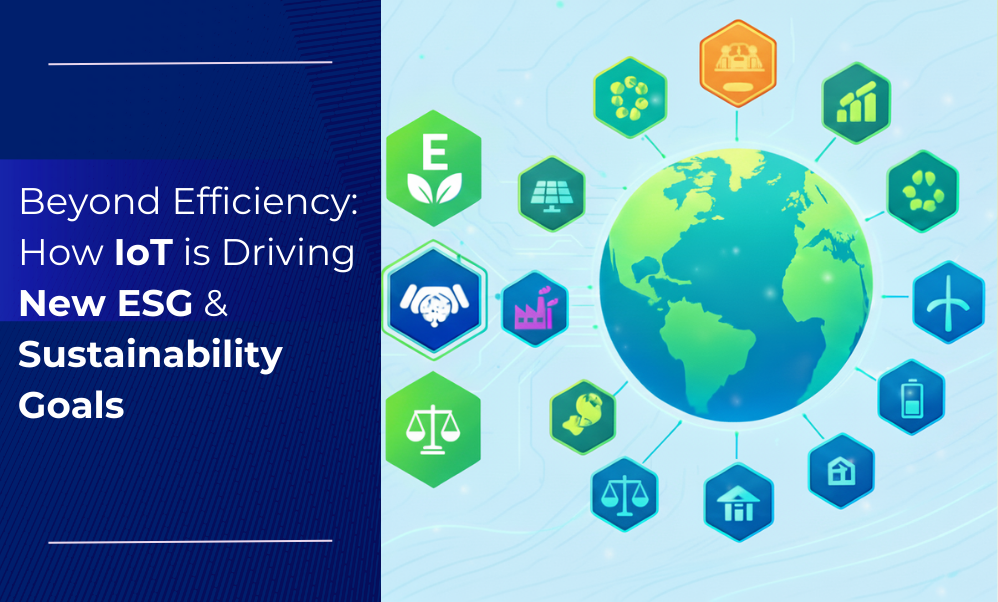Explore how the fusion of IoT and Edge Computing in ERP systems is creating the next generation of smart enterprises. Learn how this powerful combination enables predictive maintenance, unparalleled supply chain visibility, and autonomous decision-making, and discover why BJIT’s ERP services are the ideal choice for this transformation.
Introduction: From Transactional Records to an Intelligent Business Brain
For decades, Enterprise Resource Planning (ERP) systems have been the central nervous system of business, faithfully recording transactions and unifying core functions like finance, supply chain, and HR. They provided a single source of truth, but this truth was often historical—a look in the rearview mirror. In today's hyper-competitive landscape, where market demands shift in an instant and operational delays cost millions, looking backward isn't enough. Businesses need to see the future.
Traditional, centralized ERP systems, even those in the cloud, struggle with the deluge of data from a connected world. The lag time—or latency—between data collection on a factory floor and a decision in the boardroom is a critical vulnerability. This is where the game-changing partnership of the Internet of Things (IoT) and Edge Computing comes in.
By embedding intelligence directly where operations happen, IoT and Edge Computing transform the ERP from a passive record-keeper into an active, intelligent brain. This blog explores this powerful synergy, detailing its benefits, real-world applications, and how BJIT can be your trusted partner in building a future-ready enterprise. Make your ERP smarter with BJIT. Let’s talk about what’s possible.
Demystifying the Technology: IoT, Edge, and ERP
To understand their combined power, let's break down each component.
What is IoT in ERP?
The Internet of Things (IoT) refers to the vast network of physical devices—from factory sensors and delivery vehicles to smart thermostats—embedded with technology to collect and exchange data over the internet. Check BJIT’s case study in IoT.
When integrated with ERP, these devices act as the system's eyes and ears on the ground. Instead of relying on manual data entry, the ERP receives a constant, real-time stream of information about asset health, inventory levels, environmental conditions, and more.
What is Edge Computing?
Edge Computing is a processing paradigm that brings computation and data storage closer to the sources of data. Instead of sending raw data from an IoT device across a network to a central server for processing, an edge device (like a gateway or an on-site server) processes it locally.
Think of it like a reflex action. Your hand touches a hot stove, and your spinal cord (the edge) immediately tells your muscles to pull away, long before your brain (the central cloud/ERP) fully processes the sensation of pain. Edge computing provides that instant, localized response.
The Synergy: Why ERP Needs Both
Combining IoT with Edge Computing creates a highly efficient, responsive system.
- Speed: Critical decisions happen in milliseconds at the edge, without waiting for a round trip to the cloud. An overheating machine is shut down instantly, not after a server 1,000 miles away says so.
- Efficiency: Only relevant, processed data or summaries are sent to the central ERP. This drastically reduces bandwidth consumption and cloud storage costs.
- Reliability: Operations can continue even with intermittent internet connectivity, as local edge devices can function autonomously.
- Security: Sensitive operational data is processed locally, minimizing its exposure to threats during transmission over public networks.
Key Benefits: Turning Real-Time Data into Real-World Value
Integrating IoT and Edge with ERP isn't just a technical upgrade; it's a fundamental business model transformation.
1. From Reactive Repairs to Predictive Maintenance
Traditional maintenance is either reactive (fixing things after they break) or based on a rigid schedule (servicing things whether they need it or not). IoT sensors on machinery constantly monitor variables like vibration, temperature, and energy consumption. Edge analytics can detect subtle anomalies that signal impending failure. This triggers an alert in the ERP, which can automatically schedule a maintenance work order, order the necessary parts, and adjust production schedules to minimize disruption.
- Case Example: General Electric's Predix platform uses this model to predict turbine failures, saving millions in unplanned downtime and extending asset lifespan.
2. Unprecedented Supply Chain Visibility and Automation
In logistics, ignorance is not bliss. IoT devices—like GPS trackers and temperature sensors on refrigerated containers—provide the ERP with a live, granular view of the entire supply chain. Edge computing on a truck or in a warehouse can immediately flag a deviation, such as a temperature drop in a shipment of perishable goods. This allows for immediate action, like rerouting the truck or alerting the receiving warehouse, preventing costly spoilage.
- Case Example: DHL leverages IoT and ERP integration to offer customers end-to-end tracking, reducing losses and significantly improving delivery time accuracy.
3. Data-Driven, Proactive Decision-Making
Executive dashboards are no longer limited to quarterly reports. With a constant feed of edge-processed data, leaders get a live pulse of the entire organization. They can see production bottlenecks as they form, identify shifts in consumer behavior in real-time, and make strategic decisions based on predictive intelligence rather than historical trends.
4. Enhanced Security and Regulatory Compliance
For industries handling sensitive information, like healthcare (HIPAA) or finance, processing data at the edge is a security game-changer. Personally identifiable information (PII) or critical operational data can be anonymized or processed locally before being sent to the cloud, helping organizations meet strict data privacy regulations like GDPR.
See how predictive maintenance, live supply chain tracking, and compliance-ready ERP can work in your business; book a consultation with our team.
Industry Applications in Action
This technology is already reshaping major industries.
Navigating the Challenges of Adoption
While the benefits are immense, the path to implementation has its hurdles:
- Integration Complexity: Marrying modern IoT platforms with legacy ERP systems requires deep expertise in API management and data model harmonization.
- Data Security: Every connected device is a potential entry point for cyber threats. A robust security strategy covering the device, network, and cloud is non-negotiable.
- Scalability: Managing the lifecycle, updates, and security of thousands or millions of IoT devices requires a powerful and scalable device management framework.
- Cost of Deployment: The initial investment in edge hardware, sensors, and skilled personnel can be significant. A clear ROI roadmap is essential.
BJIT directly addresses these challenges with tailored ERP integration strategies, end-to-end security protocols, and scalable architectures designed to grow with your business.
BJIT: Your Partner for an Intelligent ERP Transformation
BJIT is a global IT solutions provider with proven expertise in implementing and customizing ERP services across platforms like Odoo, SAP, and Salesforce. We don't just install software; we build intelligent business ecosystems. Our solutions are designed to seamlessly integrate IoT and Edge technologies to help your enterprise unlock its full potential.
- Custom ERP Development: We tailor your ERP to match your unique industry workflows and operational needs.
- Seamless IoT Integration: We build the bridges between your physical assets and your digital core, ensuring real-time data flows reliably into your ERP.
- Predictive Intelligence: We leverage AI and Machine Learning to turn your data into actionable forecasts and automated decisions.
- Scalable & Secure Infrastructure: We design robust systems that can support millions of devices securely and efficiently.
Case Study in Focus: Manufacturing Modernization
BJIT implemented an IoT-enabled Odoo ERP system for a major manufacturing enterprise in Japan.
- Challenge: The client suffered from frequent, unexpected machine downtime and lacked real-time visibility into their production line.
- Solution: We installed IoT sensors to monitor machine health and deployed edge servers to process data locally. This information was fed into customized dashboards within their Odoo ERP.
- Result: The client achieved a 25% reduction in unplanned downtime, an 18% decrease in maintenance costs, and a vastly more agile and responsive supply chain.
The Future of ERP: Connected, Autonomous, and Cognitive
The convergence of ERP, IoT, and Edge Computing is just the beginning. The next frontier involves Digital Twins—virtual replicas of physical assets that are continuously updated with IoT data—and advanced AI/ML at the edge. Future ERP systems won't just report problems; they will act as cognitive ecosystems that anticipate issues, self-optimize resource allocation, and enable autonomous decision-making.
Businesses that adopt this intelligent framework today will secure a decisive competitive advantage in agility, efficiency, and customer satisfaction for years to come.
Conclusion: It's Time to Build Your Future-Ready Enterprise
IoT and Edge Computing are no longer futuristic buzzwords; they are essential tools for modern enterprises. By transforming your ERP into an intelligent, real-time system, you can unlock unprecedented levels of efficiency, predictive power, and operational control.
Partnering with BJIT ensures your business is not just prepared for the future but is actively building it. Our deep expertise in ERP services provides the foundation for a scalable, secure, and intelligent digital transformation.
Talk to our specialists today and discover how IoT and Edge integration can cut downtime, streamline your supply chain, and keep you compliant.”
References
- Accenture. (2024). ERP Innovation Trends: IoT and Edge Computing. Accenture Research.
- Atzori, L., Iera, A., & Morabito, G. (2021). Understanding the Internet of Things: Definition, potentials, and societal role of a fast-evolving paradigm. Computer Networks.
- DHL. (2023). Digitalization in Logistics: IoT in Supply Chain. DHL Insights Report.
- GE Digital. (2022). Predictive Maintenance with IoT and ERP. GE Digital Whitepaper.
- Gartner. (2024). Data Privacy and Edge Computing Trends. Gartner Insights.
- PwC. (2023). How IoT and ERP Boost Manufacturing Efficiency. PwC Industry Report.
- Shi, W., Cao, J., Zhang, Q., et al. (2019). Edge Computing: Vision and Challenges. IEEE Internet of Things Journal.
- Zhang, Y., Lee, J., & Banerjee, S. (2023). ERP Evolution in the Era of Digital Transformation. Journal of Information Systems.
